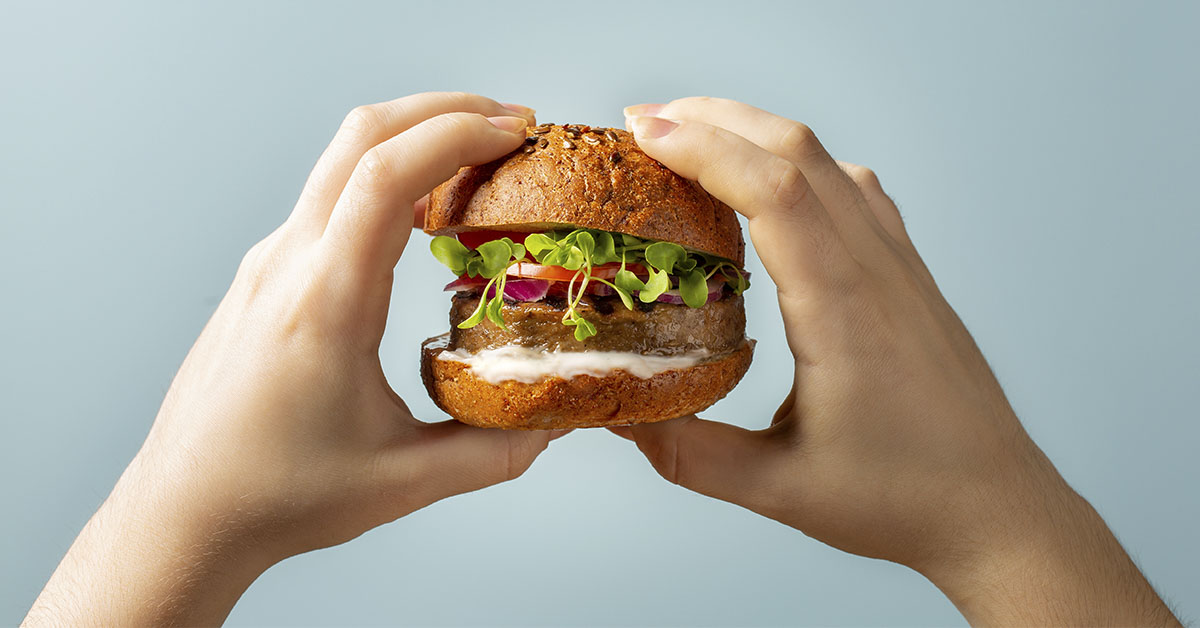Many grocery items wear the label of “healthy,” but not all live up to the hype. Food companies often use buzzwords like “natural,” “light,” or “gluten-free” to appeal to health-conscious shoppers. However, marketing tricks can hide the real nutritional story. Some products that seem like smart choices may actually be packed with sugar, sodium, or empty calories. In this list, we break down 20 popular foods that are often assumed to be nutritious but could derail your healthy eating goals. From sweetened yogurts to store-bought smoothies, here’s what to know before tossing them in your cart.
1. Flavored Yogurt

Flavored yogurt often contains more sugar than a dessert, even when labeled as “low-fat” or “light.” Many varieties include sweeteners, syrups, fruit compotes, or candy toppings that make them taste more like pudding than a health food. Even fruit-on-the-bottom types can deliver 20 to 25 grams of sugar per serving. That’s nearly the entire daily recommended limit for added sugars. While plain Greek yogurt provides valuable protein and gut-friendly probiotics, sweetened versions negate those benefits. To make a better choice, go for unsweetened plain yogurt and mix in your own fresh fruit, honey, or a sprinkle of cinnamon to control sugar content and taste.
2. Granola

Granola has a health halo thanks to its association with oats and nuts, but most store-bought versions are far from clean eating. A single cup can easily contain over 400 calories, with a surprising amount coming from added sugars and oils. Brands often coat oats in honey, brown sugar, or syrups to enhance flavor, making the end product more like a dessert than a breakfast item. The dried fruit included can also contribute extra sugar and calories. Despite being oat-based, many granolas lack fiber or nutrients due to overprocessing. If you love granola, try making your own at home with unsweetened oats, seeds, and a touch of maple syrup.
3. Veggie Chips
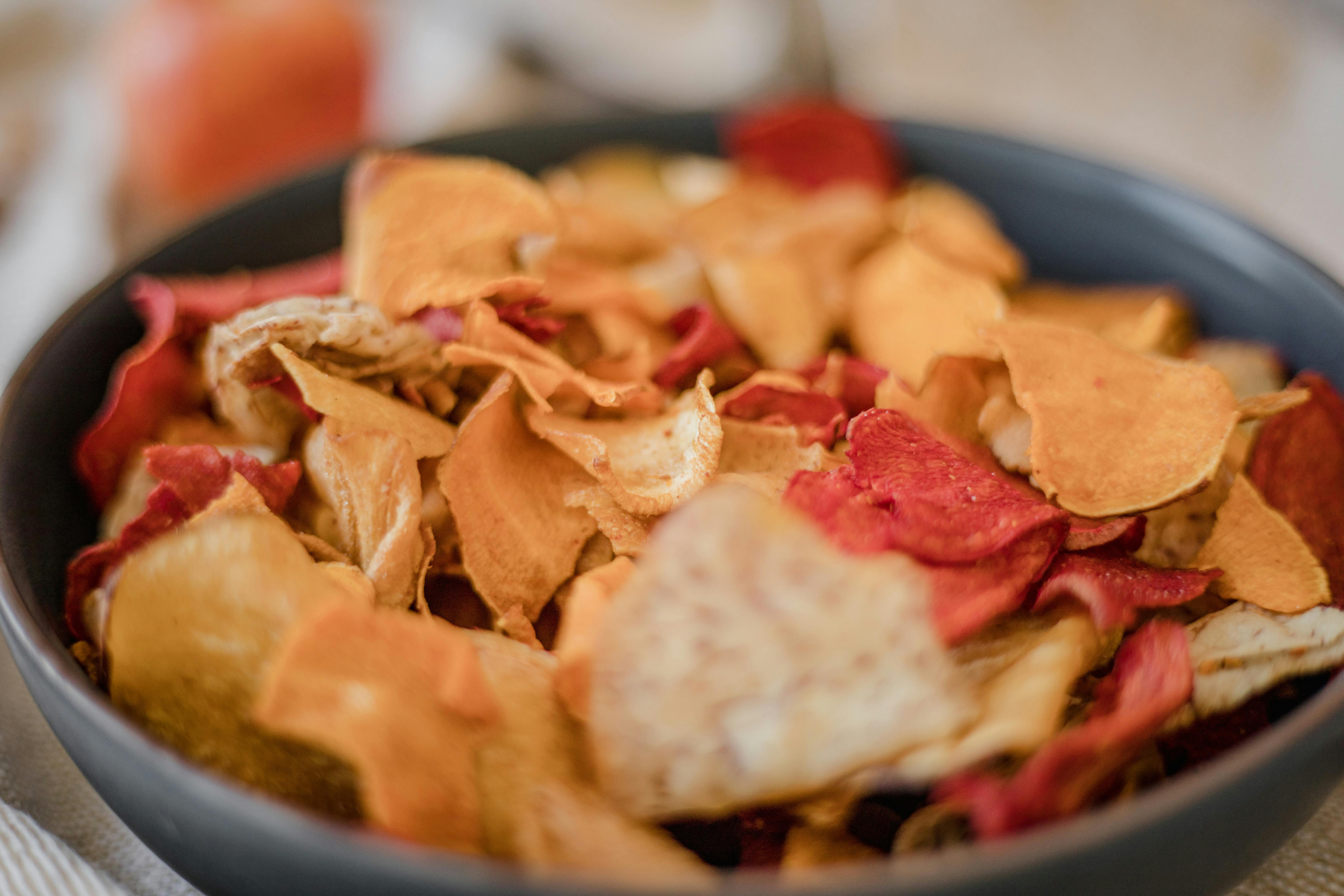
Veggie chips market themselves as a better alternative to traditional potato chips, but most don’t live up to that claim. Many are made from processed potato starch or corn flour mixed with dehydrated vegetable powders, not whole vegetables. Despite their vibrant colors, they rarely retain the original nutritional content of real vegetables. Most are fried or baked in oil and then salted, resulting in similar fat and sodium levels to regular chips. A small handful might be fine, but it’s easy to eat multiple servings in one sitting. If you want a crunchy snack, try roasted chickpeas or homemade kale chips for a more nutrient-dense option.
4. Gluten-Free Snacks
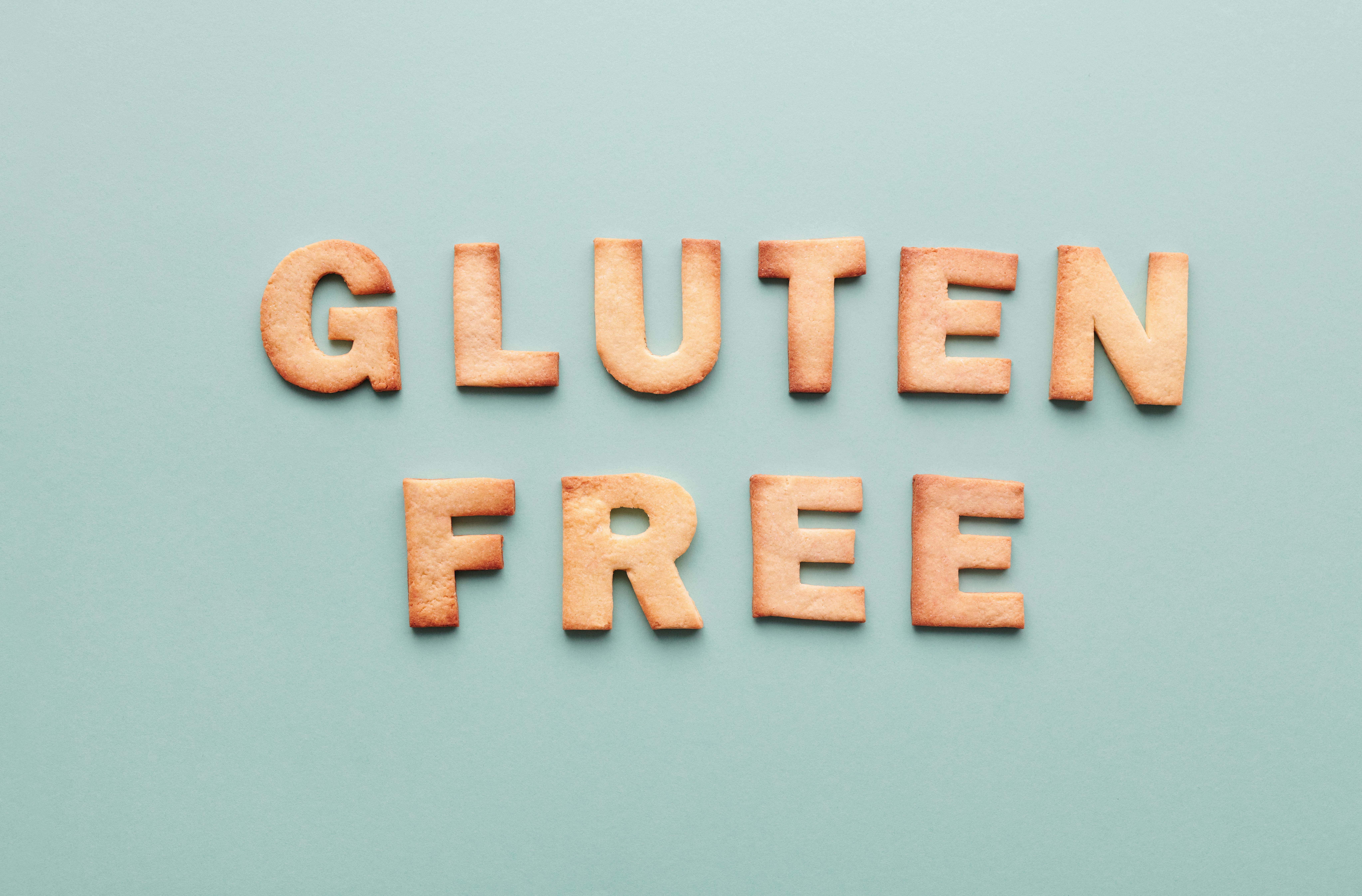
The gluten-free label can make snacks seem healthier, but that’s not always the case. Many gluten-free products replace wheat with refined starches like tapioca, white rice, or potato flour, which have a high glycemic index and lack fiber. These ingredients can cause quick spikes in blood sugar, leading to energy crashes. To improve taste and texture, manufacturers often add extra sugar, salt, and fat, making the snack more processed than its gluten-containing counterpart. Unless you have celiac disease or a gluten sensitivity, there’s no proven benefit to choosing gluten-free over whole grain options. Always look at the nutrition label before assuming it’s a better pick.
5. Protein Bars

Protein bars are popular with gym-goers and busy professionals alike, but not all bars are created equal. Many brands rely on heavily processed protein isolates, sugar alcohols, artificial sweeteners, and synthetic additives. Some bars contain over 300 calories and 20 grams of sugar, which is more than a candy bar. While protein is essential, these products often lack the fiber and healthy fats needed to keep you full. Additionally, their ultra-processed ingredients may not digest well and can cause bloating or stomach discomfort. If you need a portable snack, consider hard-boiled eggs, a handful of nuts, or a slice of cheese paired with fruit.
6. Pre-Made Smoothies
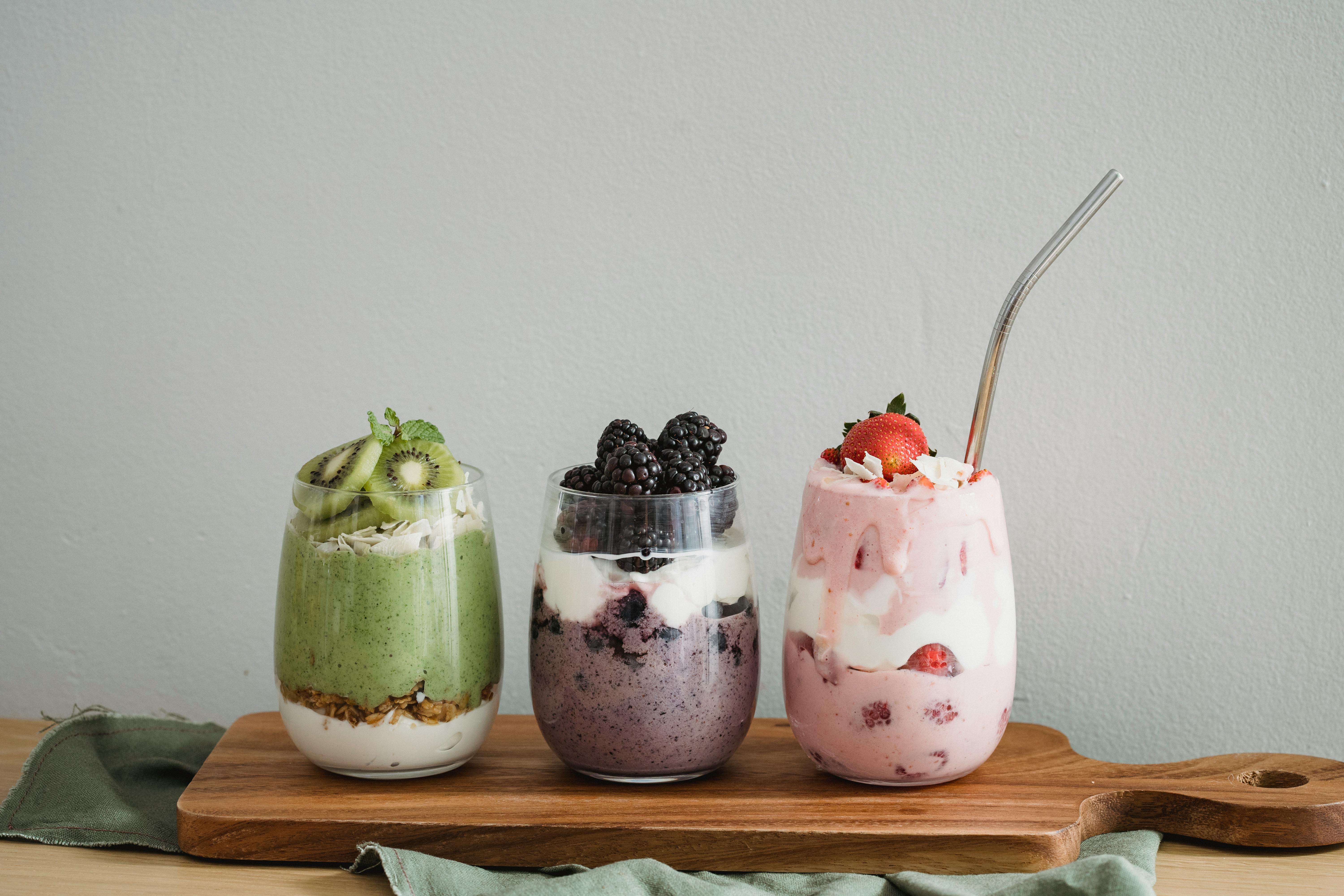
Pre-made smoothies might seem like an easy way to boost your fruit and vegetable intake, but they can be loaded with sugar. Many commercial versions use fruit juice bases, syrups, or even frozen yogurt to create a rich texture, all while boosting the sugar content. Some bottles contain more than 50 grams of sugar and very little protein or fiber, making them more like a dessert than a health drink. Since the fiber is often strained out, these smoothies won’t keep you full for long. Homemade smoothies using whole fruits, leafy greens, unsweetened milk, and a protein source like Greek yogurt are a better choice.
7. Dried Fruit
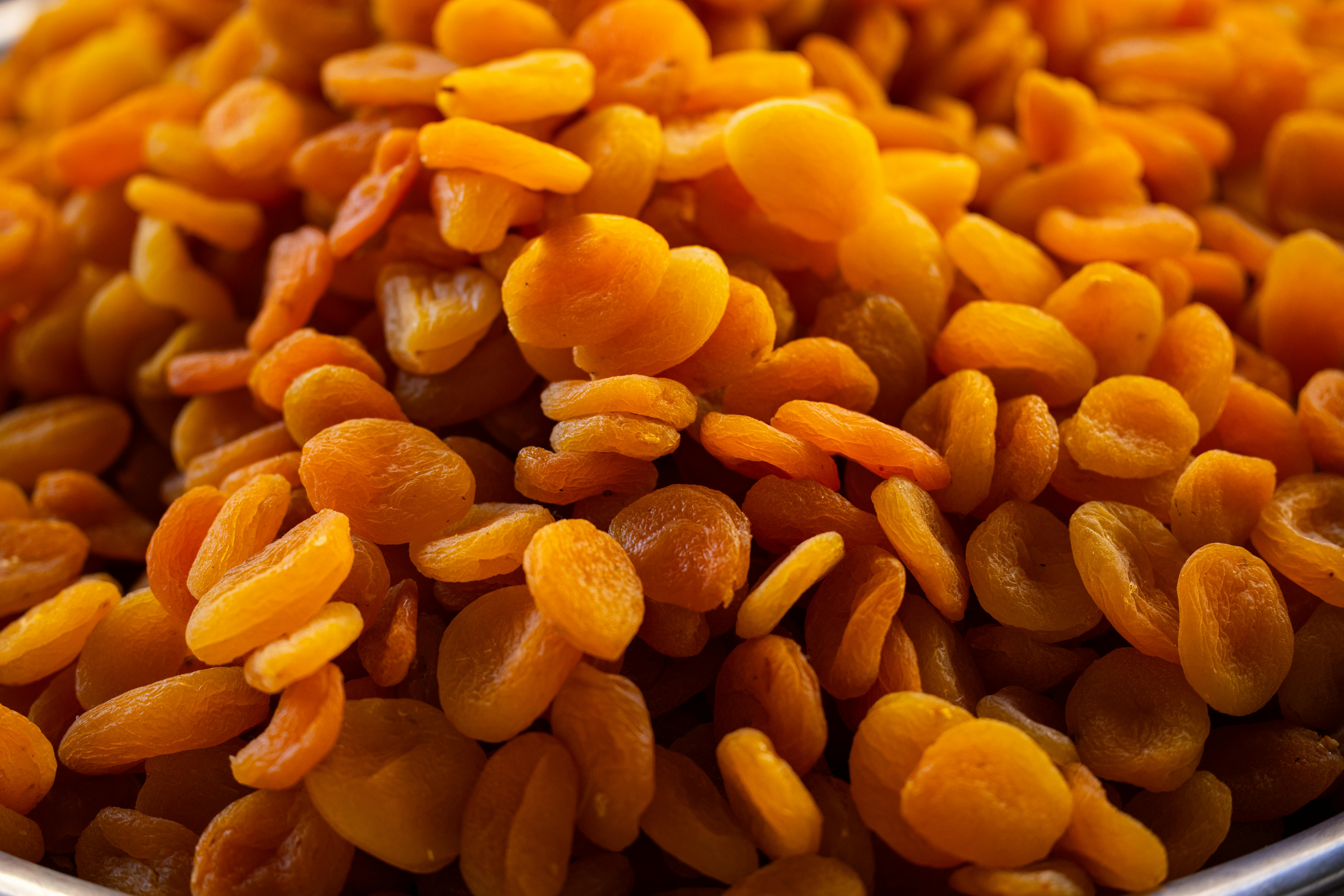
Dried fruit may come from whole produce, but the drying process concentrates natural sugars and significantly reduces water content. A small serving can contain as many calories as two or three pieces of fresh fruit. On top of that, many brands coat dried fruit in added sugar or oil to enhance appearance and shelf life. Sulfites are often used as preservatives, which may cause sensitivities in some people. Without fiber from the skin or bulk from water, it’s easy to overeat. While dried fruit can be part of a healthy diet, portion control is key. Look for unsweetened versions and pair with nuts for balance.
8. Veggie Burgers

Veggie burgers are a go-to for meatless meals, but many store-bought varieties are overly processed. Instead of whole vegetables and grains, they often contain isolated soy protein, canola oil, methylcellulose (a thickener), and other fillers. This processing strips away natural fiber and nutrients, and can result in sodium counts upwards of 600 milligrams per patty. Some even contain more saturated fat than lean beef, depending on how they’re made. If plant-based eating is your goal, check the ingredients list carefully. The best veggie burgers list actual vegetables, beans, and whole grains as the main components and avoid synthetic additives.
9. Rice Cakes
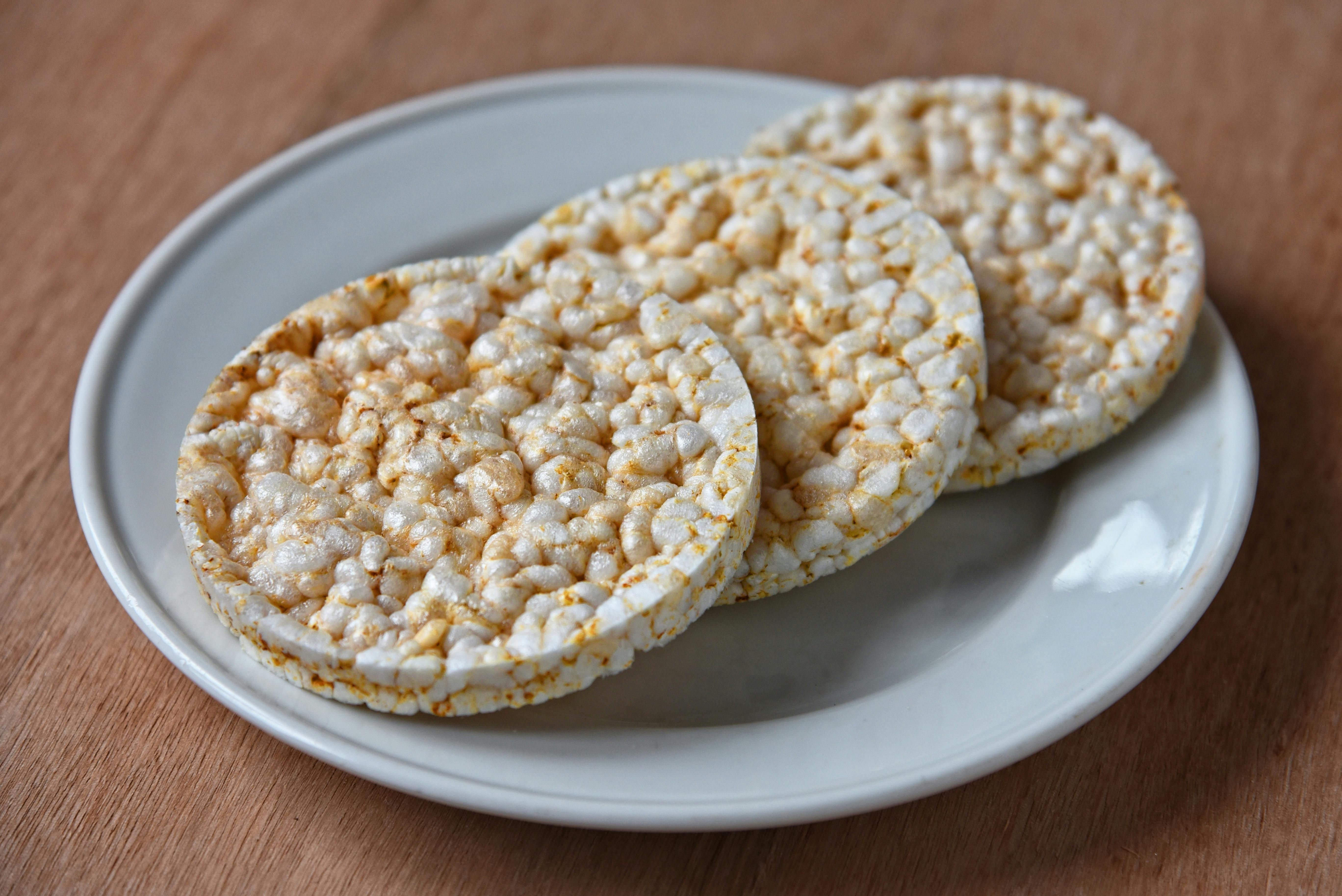
Rice cakes may seem like a low-calorie, diet-friendly snack, but their benefits are mostly superficial. Made from puffed white rice, they contain minimal fiber and protein and are quickly digested, leading to hunger soon after eating. Flavored rice cakes may also include added sugars, sodium, or artificial seasonings. Despite their light texture, they have a high glycemic index, which means they can spike blood sugar levels. They lack the staying power needed to fuel your body between meals. If you like the crunch, choose brown rice cakes and top them with avocado, hummus, or nut butter for a more balanced snack.
10. Trail Mix
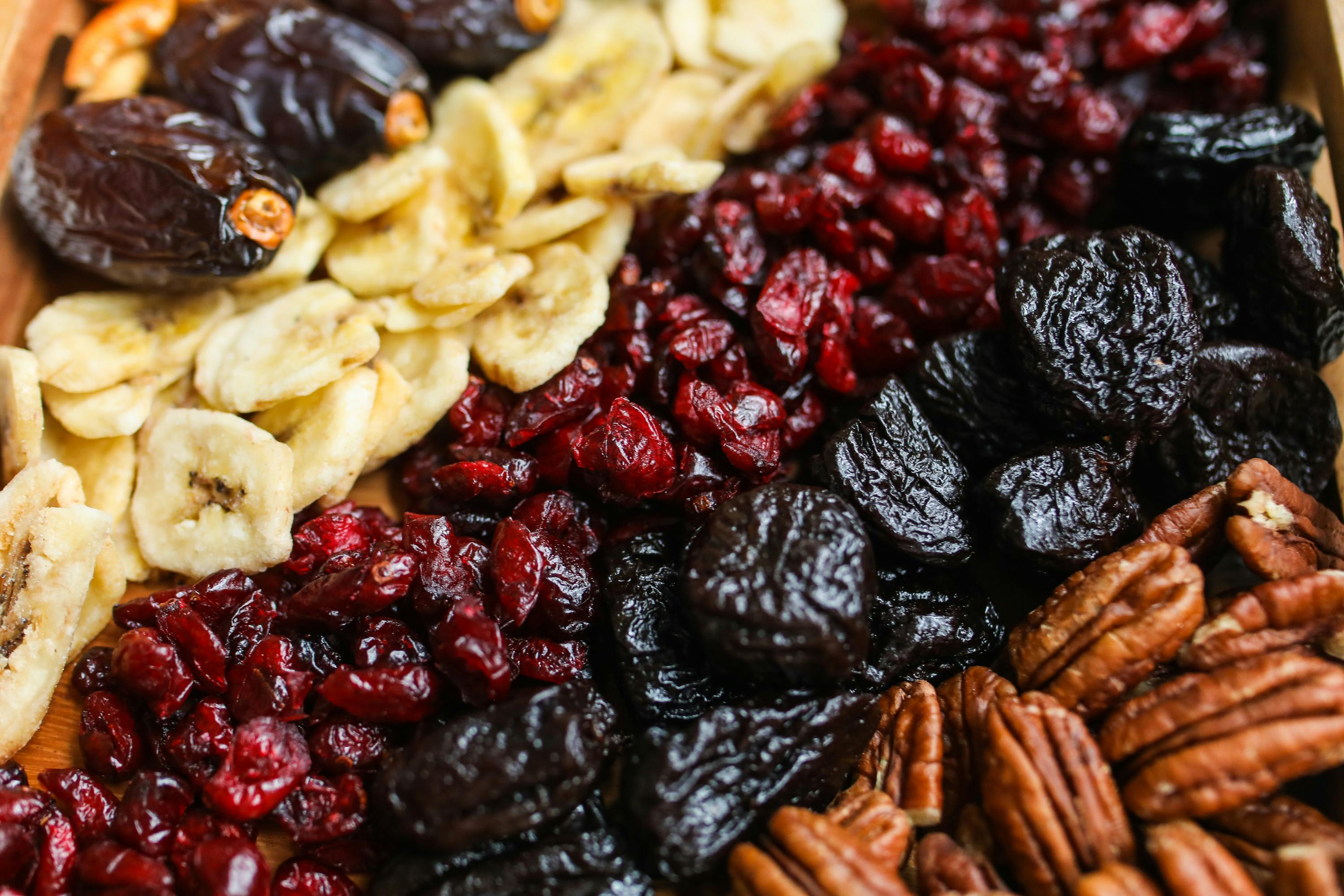
Trail mix has long been associated with hikers and healthy snacking, but not all blends are good for everyday consumption. Many commercial varieties include chocolate candies, sweetened dried fruit, yogurt-covered raisins, and salted nuts. These additions drive up the sugar and calorie content significantly. A single cup can exceed 700 calories and 30 grams of sugar, more than some fast food meals. Even the nuts, while nutritious in moderation, can be roasted in unhealthy oils and heavily salted. Making your own mix at home using raw or lightly toasted nuts, unsweetened dried fruit, and seeds gives you better control over ingredients and nutrition.
11. Acai Bowls

Acai bowls are trendy and colorful, but they often contain more sugar than a slice of cake. While acai berries themselves are rich in antioxidants and low in sugar, the final product is usually made with acai puree blended with sweetened juice or frozen fruit mixes. Toppings like granola, honey, bananas, and coconut flakes add even more sugar and calories. A typical store-bought acai bowl can top 600 calories and 50 grams of sugar. For a healthier version, make your own using unsweetened acai puree, low-sugar fruits like berries, and skip the honey or sweet toppings entirely.
12. Frozen Yogurt
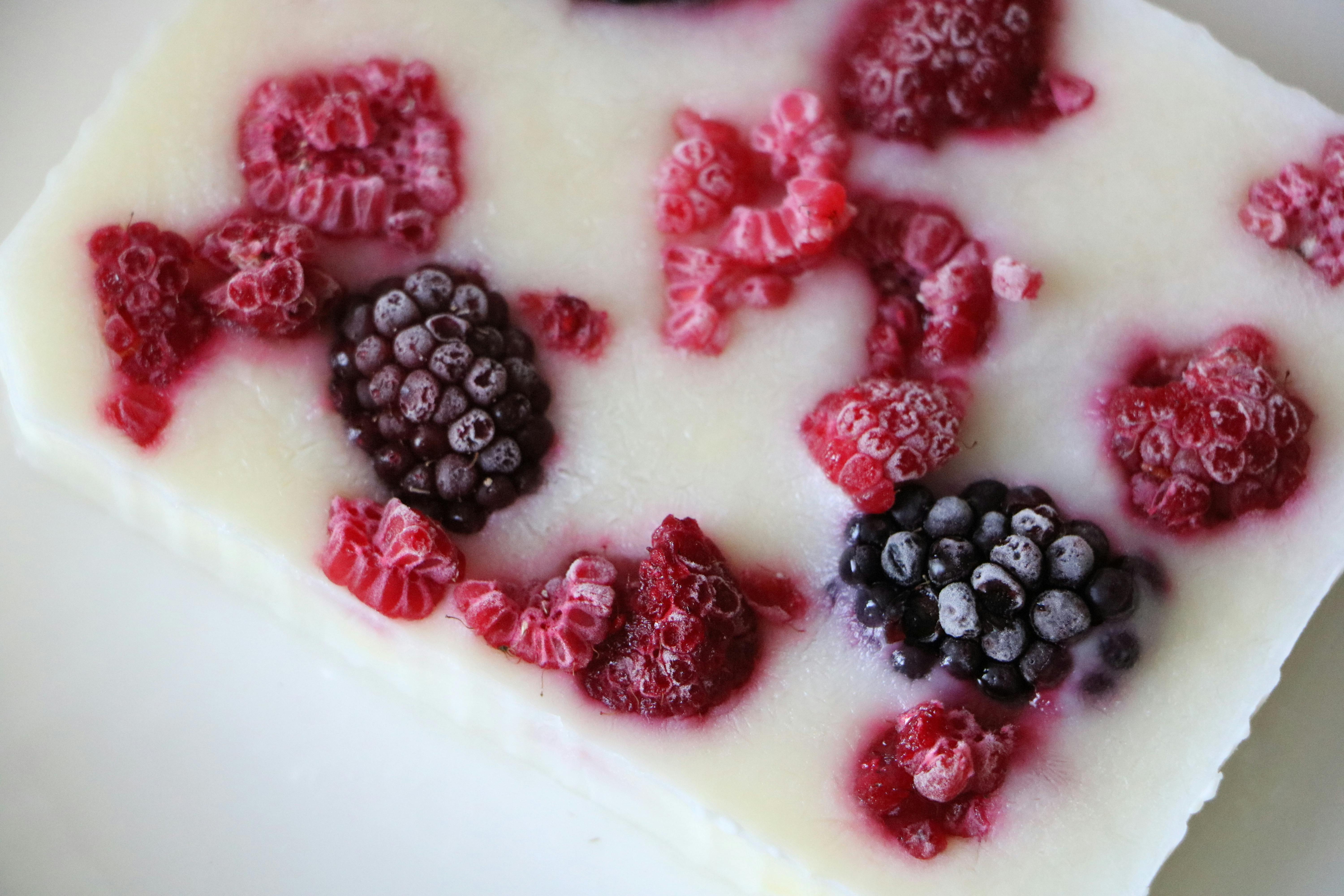
Frozen yogurt is often seen as a guilt-free substitute for ice cream, but many versions don’t live up to that promise. Although it has less fat than traditional ice cream, frozen yogurt often makes up for that with high amounts of sugar to maintain taste and texture. Add self-serve toppings like candy, syrups, and cookies, and your dessert quickly becomes a sugar overload. Some “fat-free” options use artificial thickeners and sweeteners that may cause digestive discomfort. Craving something frozen? Try freezing a small serving of plain yogurt mixed with fresh berries for a healthier, naturally sweet treat.
13. Agave Syrup
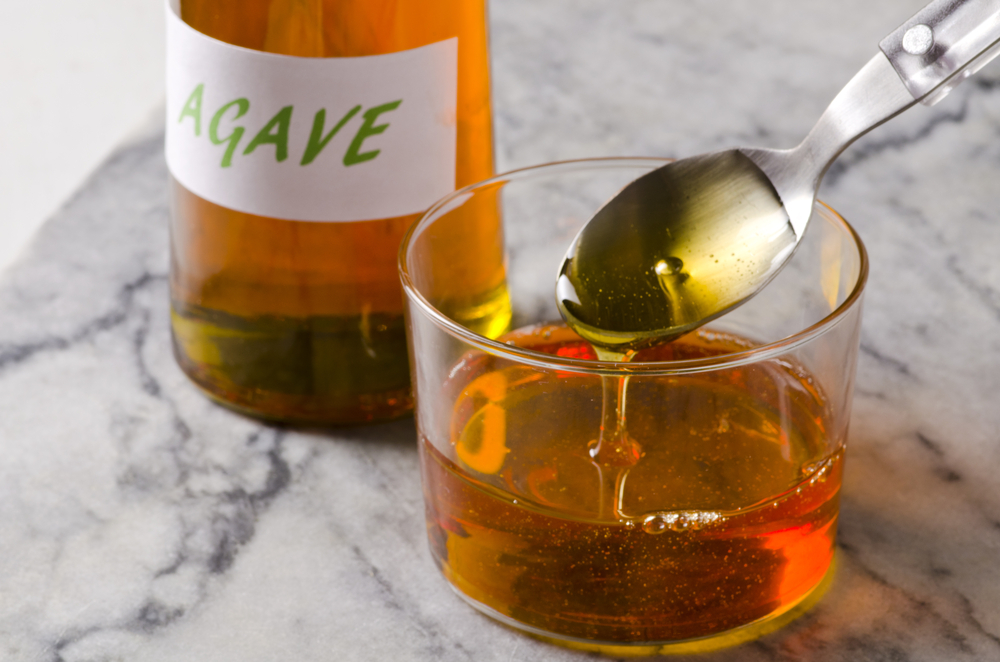
Agave syrup is frequently marketed as a natural, low-glycemic alternative to sugar, but that doesn’t make it a healthy option. It contains more fructose than high-fructose corn syrup, which can strain the liver and raise triglyceride levels when consumed in excess. Unlike glucose, fructose does not trigger insulin or satisfy appetite hormones in the same way, making it easier to overconsume. Agave is also highly refined, removing many of the plant’s original nutrients. If you need a sweetener, consider moderate amounts of raw honey, maple syrup, or just reduce overall sweetness in recipes where possible.
14. Fruit Juice
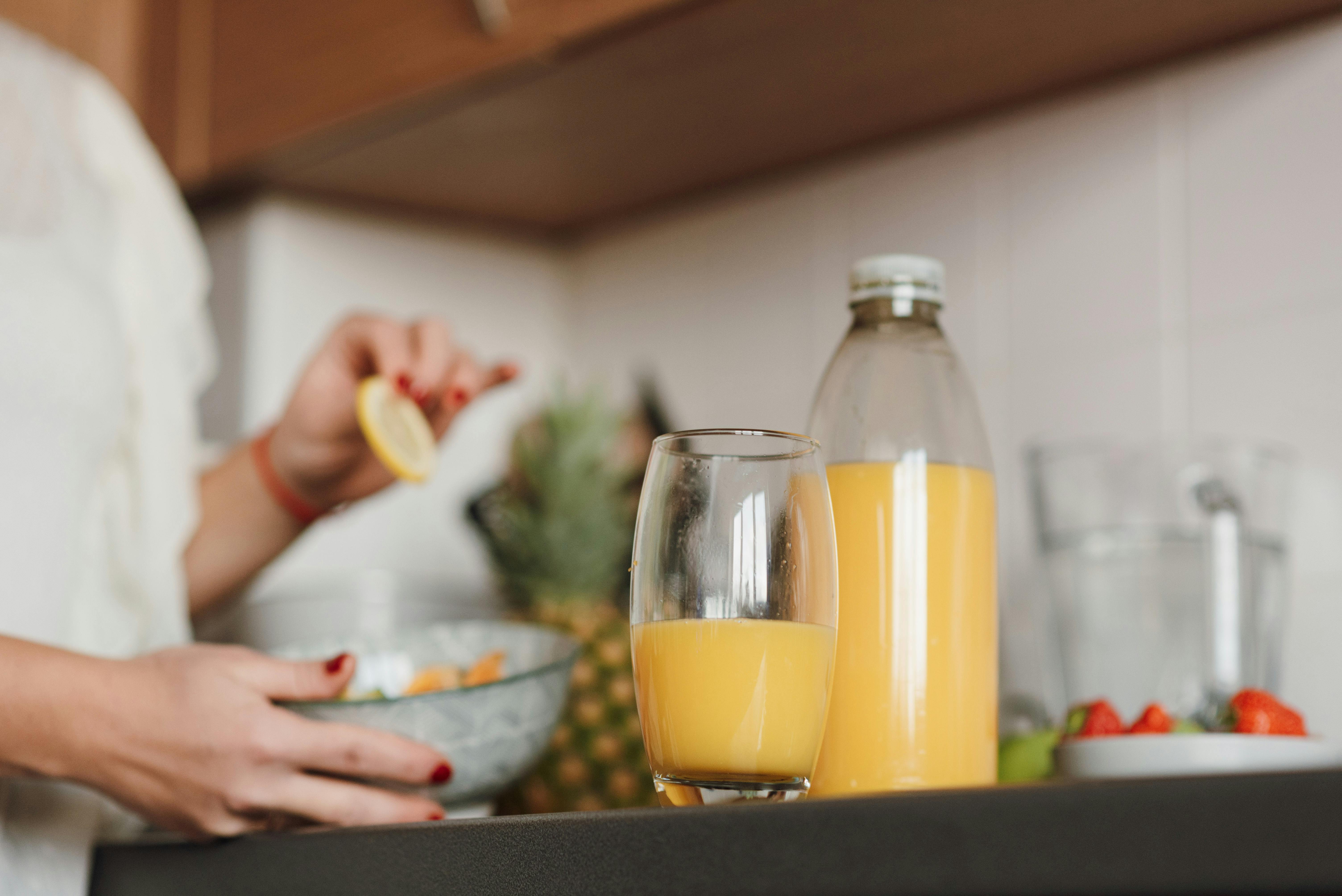
Fruit juice might sound like a healthy choice, especially if labeled as “100% juice,” but it lacks the fiber found in whole fruit. Juicing concentrates natural sugars, which can lead to blood sugar spikes without delivering lasting satiety. Even small cartons marketed to kids often contain 20 grams of sugar or more. While juice does provide some vitamins, it’s far less filling than eating an apple or orange. Some juices are also made from concentrate with added flavorings and preservatives. If you enjoy juice, limit it to small portions and try watering it down or choosing whole fruit instead.
15. Store-Bought Salads
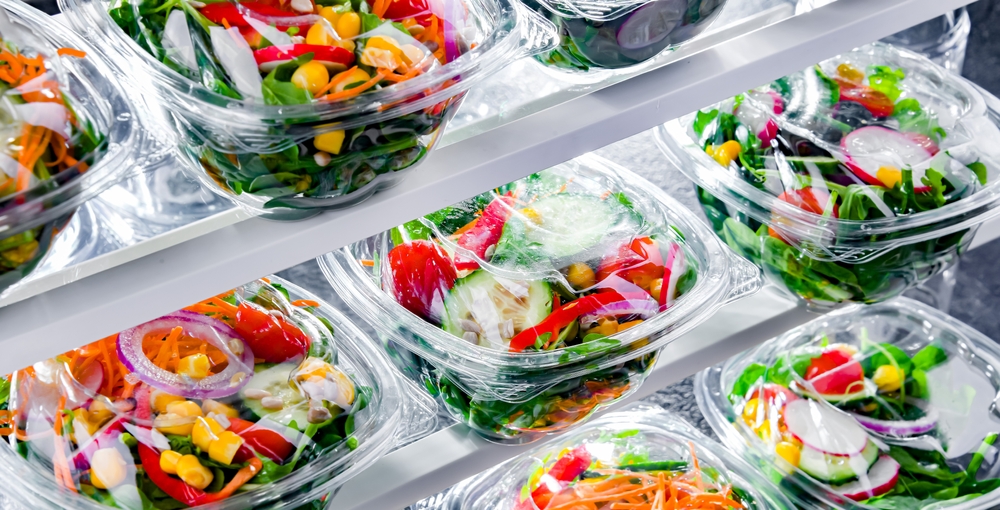
Store-bought salads are often marketed as light and healthy, but many are calorie traps in disguise. Prepackaged salads can contain high-fat dressings, fried toppings like tortilla strips, candied nuts, bacon, and cheeses. Some varieties even include sugary dried fruit or creamy sauces. A single container might exceed 700 calories and 1,000 milligrams of sodium. While the base greens are healthy, the add-ons and dressings are usually the problem. Read labels carefully and consider customizing your own salad with fresh greens, lean proteins, and a homemade vinaigrette to keep it balanced and nutrient-dense.
16. Coconut Water

Coconut water is advertised as a natural electrolyte drink, but not all versions are created equal. While it does contain potassium and some natural sugars, many bottled varieties have added flavorings or sweeteners that bump up the sugar content. One bottle can easily have 15 to 20 grams of sugar, which is comparable to a sports drink. Coconut water also lacks sodium, the primary electrolyte lost in sweat, making it less effective for rehydration after intense workouts. For light activity or casual hydration, it’s fine in moderation, but plain water or unsweetened drinks are often a better everyday choice.
17. Whole Wheat Bread

Whole wheat bread seems like a smart swap for white bread, but the label can be misleading. Some brands list “enriched wheat flour” or “wheat flour” as the first ingredient, which means the product contains mostly refined grains. True whole grain bread should list “100% whole wheat” or “whole grain” first. Some breads are also loaded with added sugars, preservatives, and even coloring to appear healthier than they are. High-fructose corn syrup and molasses often sneak into the ingredient list. Choose brands with minimal ingredients, at least 3 grams of fiber per slice, and low sugar content.
18. Energy Drinks
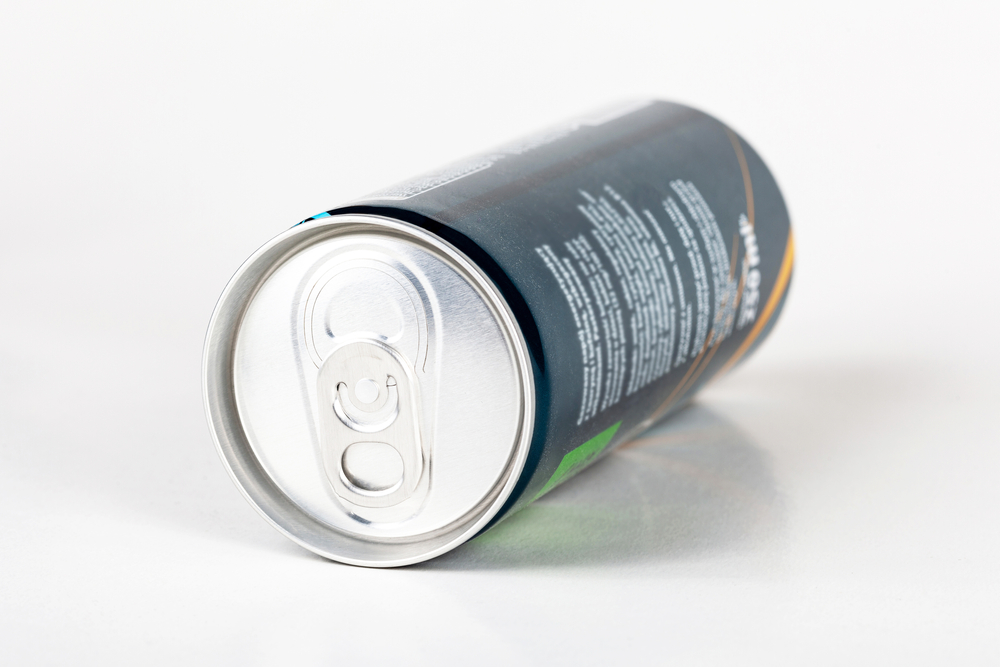
Energy drinks often claim to boost performance and focus, but they’re more harmful than helpful for most people. Many contain high doses of caffeine, sometimes equivalent to four or five cups of coffee. They also include artificial sweeteners, preservatives, and herbal stimulants that can raise heart rate and blood pressure. Some sugar-loaded versions have as much sweetener as a soda. These combinations may lead to jitters, insomnia, or crashes. Regular use has been linked to increased health risks, especially in teens. If you need an energy boost, try green tea, a brisk walk, or better sleep hygiene instead.
19. Almond Milk

Almond milk is a popular dairy alternative, especially among vegans and those with lactose intolerance, but it’s not always healthy. Most almond milk products contain very little actual almonds, sometimes as low as 2%. They are often bulked up with stabilizers, gums, and sweeteners. Flavored varieties can contain 10 grams of sugar or more per cup. If you’re choosing almond milk for health reasons, opt for unsweetened versions with short ingredient lists. Fortified almond milk can be a good source of calcium and vitamin D, but it should not be your primary source of protein or fat.
20. Tuna Salad
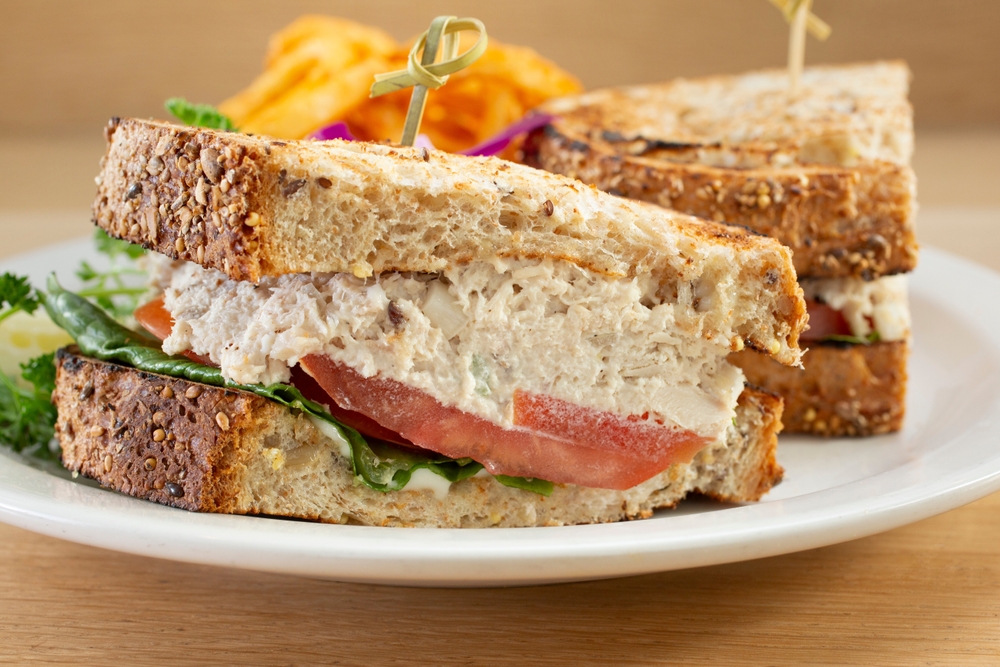
Tuna is a lean protein powerhouse rich in omega-3 fatty acids, but tuna salad can undo those benefits quickly. Many deli or store-bought versions are loaded with mayonnaise, which adds saturated fat and calories. Some recipes also include sweet pickles, relish, or extra sodium-rich seasonings. A single serving can exceed 400 calories and 500 milligrams of sodium. The type of tuna used also matters, as albacore tuna contains more mercury than light tuna. For a healthier take, make your own using plain canned tuna, Greek yogurt or olive oil, chopped veggies, and herbs to keep it lean and flavorful.
Conclusion
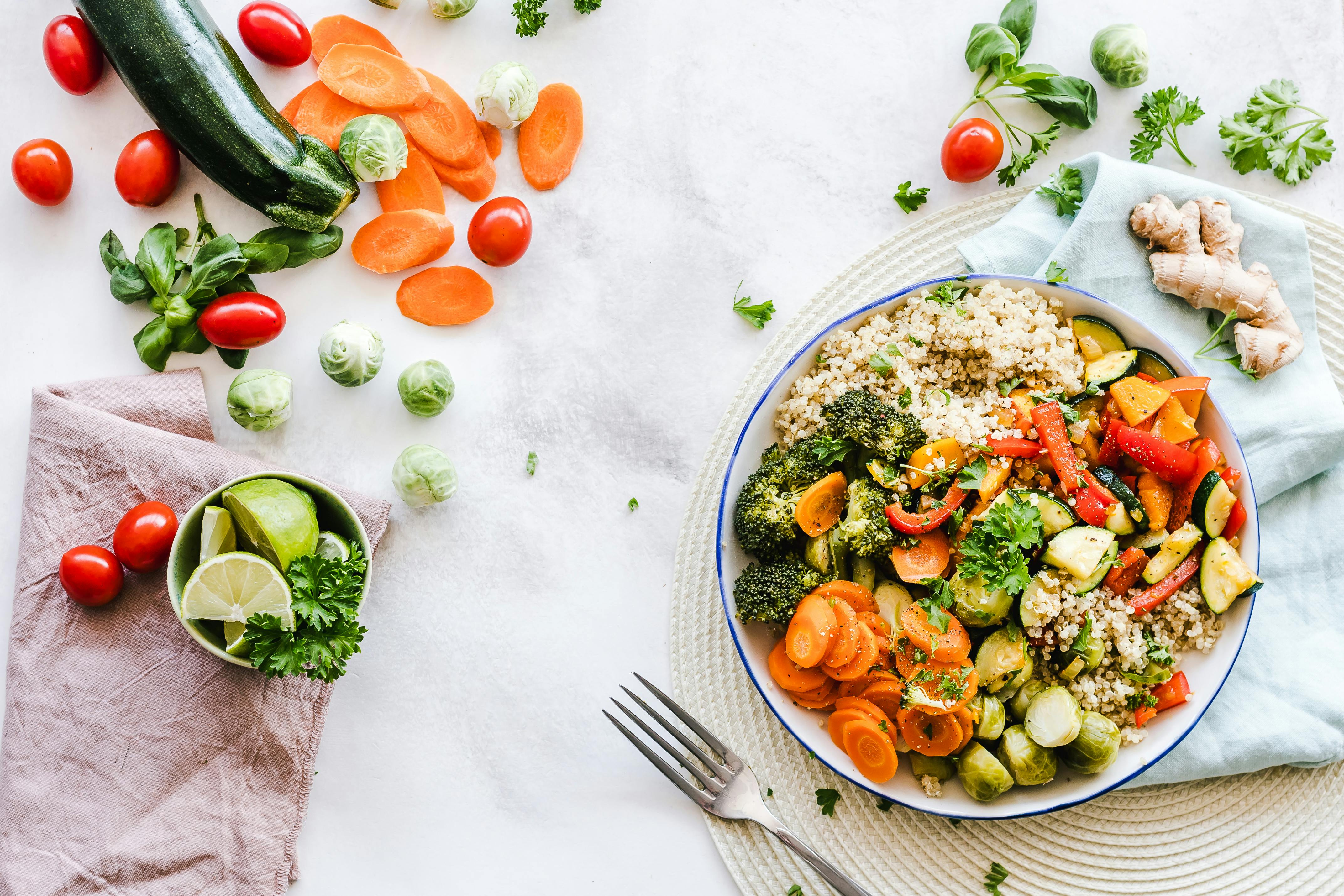
Just because a food comes in healthy packaging does not mean it actually supports your health goals. Clever marketing can make it easy to overlook added sugars, sodium, or fillers hiding in plain sight. Always check ingredient lists, pay attention to portion sizes, and choose whole foods when possible. Staying informed helps you make smarter choices at the grocery store and beyond.
Read More: 7 Ultra Processed Foods That Aren’t as Unhealthy As You Think
Disclaimer: This article was created with AI assistance and edited by a human for accuracy and clarity.
